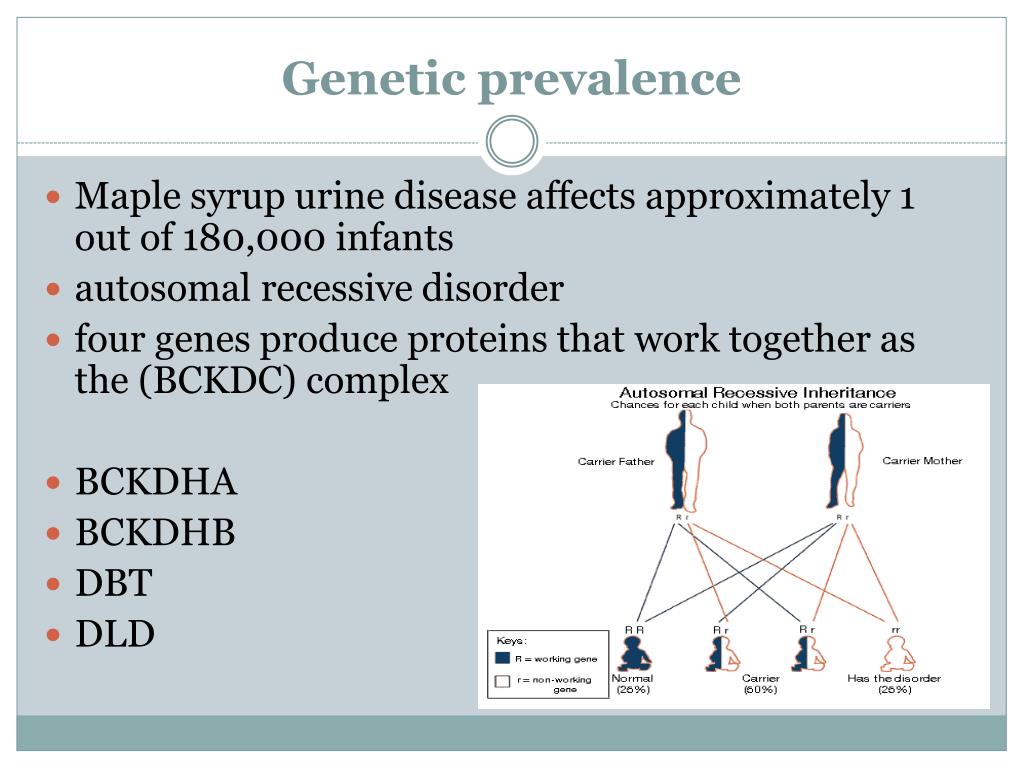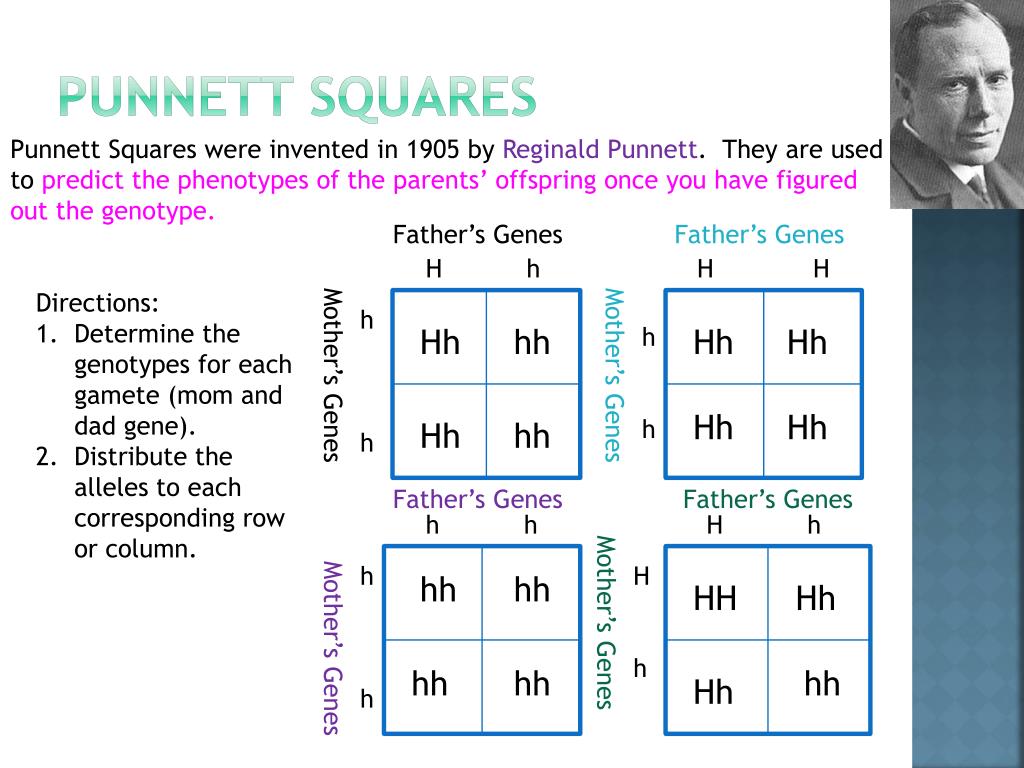
In times of crisis, the risks and symptoms of thiamine-responsive MSUD are similar to the classic form. Many people with this form of the disease can tolerate some protein in their diet. One study found that people with thiamine-responsive MSUD have 30 to 40% the normal activity of the BCKAD enzyme. Thiamine-responsive MSUD is distinct in that people with this form of the disease will respond to large doses of thiamine. This form of the disease is rare, but in times of crisis its risks and symptoms are similar to the classic form. Symptoms often appear during illness, fasting, or periods of high protein consumption.

Symptoms of the disease may not appear until the first or second year of life. With intermittent MSUD, BCKAD enzyme activity is often between 8 and 15% of normal. During periods of crisis, however, symptoms and risks are nearly identical. Intermediate MSUD is similar to but less severe than the classic form. As a result, their bodies can tolerate higher amounts of the amino acid leucine. People with intermediate MSUD have 3 to 8% of the normal amount of BCKAD enzyme activity. People with the disease are particularly prone to crisis during illness, infection, fasting, or after surgery. Upon any lapse of treatment, classic MSUD can cause brain damage. If untreated, life-threatening coma or respiratory failure could occur within 7 to 10 days and most will die within several months. Within several days, the infant will show poor feeding, vomiting, and irritability, followed by lack of energy, weight loss, seizures, a tense arched posture, muscle tone which alternates between stiff and limp, and swelling of the brain. (Mediterranean populations unfamiliar with maple syrup describe the odor as similar to fenugreek.) Within 12 to 24 hours, or upon first consumption of protein, the infant’s urine will take on a maple syrup smell. Symptoms in people with classic MSUD will appear in the first week of life. The most common type, classic MSUD is characterized by little or no enzyme activity. In all types of the disease, there is a risk of mental and physical disability. People with other types exhibit milder symptoms, but are prone to periods of crisis in which symptoms closely resemble classic MSUD.


Maple syrup urine disease can be classified into four general types: classic, intermediate, intermittent, and thiamine-responsive. MSUD type 1B is due to a defect in one of the four components of the BCKAD enzyme. Without the needed enzyme, known as branched-chain ketoacid dehydrogenase (BCKAD), these amino acids and their byproducts accumulate and cause damage to the body. These amino acids are found in all foods containing protein. MSUD is caused by the lack of an enzyme needed to break down three amino acids: leucine, isoleucine, and valine, which are collectively known as the branched-chain amino acids.

If carefully treated with a low-protein diet, people with MSUD can live fairly normal lives. Maple syrup urine disease (MSUD) type 1B is an inherited metabolic disorder named for the characteristic maple syrup smell of the affected person’s urine. What is Maple Syrup Urine Disease Type 1B?


 0 kommentar(er)
0 kommentar(er)
